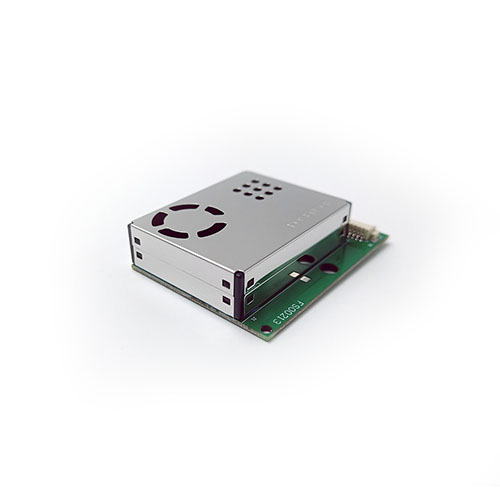PM10 air quality monitor
With the acceleration of urbanization and the development of industrialization, air quality has increasingly become the focus of attention. PM10 (respirable particulate matter) is a type of particulate matter in the air with a diameter of less than or equal to 10 microns, and its impact on human health cannot be ignored. In order to understand and monitor the concentration of PM10 in the air in a timely manner and protect the respiratory health of citizens, PM10 air quality monitor came into being and became a powerful assistant in urban air quality monitoring.
PM10 air quality monitor background
PM10 air quality monitor is an instrument specially used to monitor the concentration of PM10 particles in the air. PM10 particulate matter mainly comes from industrial emissions, traffic exhaust, construction, etc. Its tiny particle diameter makes it easy to be inhaled by the human body, causing potential harm to respiratory and lung health. Therefore, the development and application of PM10 air quality monitor is of great significance for formulating air quality management strategies and improving the quality of life of urban residents.
How PM10 air quality monitor works
PM10 air quality monitor uses advanced laser scattering technology, light scattering technology and other principles to quickly and accurately measure the concentration of PM10 in the air. Its sophisticated sensor system can monitor fine dust in the atmosphere in real time, and transmit the monitoring results to relevant platforms through data transmission devices to achieve real-time monitoring of air quality.
Application fields of PM10 air quality monitor
PM10 air quality monitor is widely used in cities, industrial areas, traffic arteries and other scenarios. In urban management, PM10 monitors can help the government monitor pollution sources, evaluate treatment effects, and provide scientific basis for decision-making. In industrial areas, by monitoring PM10 concentration, dust pollution problems in the production process can be discovered and solved in time to protect the health of workers. In traffic arteries, PM10 monitors can help plan traffic flow, reduce exhaust emissions, and improve the living environment of surrounding residents.
The meaning of PM10 air quality monitor
The promotion and application of PM10 monitors has a positive role in improving urban air quality and improving people’s living standards. First, through real-time monitoring, we can quickly respond to pollution incidents and take measures to mitigate the impact of pollution. Secondly, PM10 monitoring data can help scientifically formulate governance policies, promote the green development of industry and transportation, and achieve sustainable development goals. Most importantly, the application of PM10 air quality monitor allows citizens to have a more comprehensive understanding of air quality conditions, take personal protective measures, and protect their respiratory systems.
Development trend of PM10 air quality monitor
With the continuous advancement of technology, the technology of PM10 air quality monitor is also constantly upgraded. In the future, we can look forward to the emergence of more intelligent and portable monitoring instruments, making air quality monitoring more convenient and efficient. At the same time, cloud storage and sharing of data will promote the exchange of experiences between different cities and form a more comprehensive and accurate governance plan.
In general, PM10 air quality monitor, as the gatekeeper of respiratory health, plays an increasingly important role in urban management and residents’ lives. Through continuous innovation and application of scientific and technological means, we are confident that we will achieve a comprehensive improvement in urban air quality in the near future, so that every citizen can enjoy fresh and healthy air.










